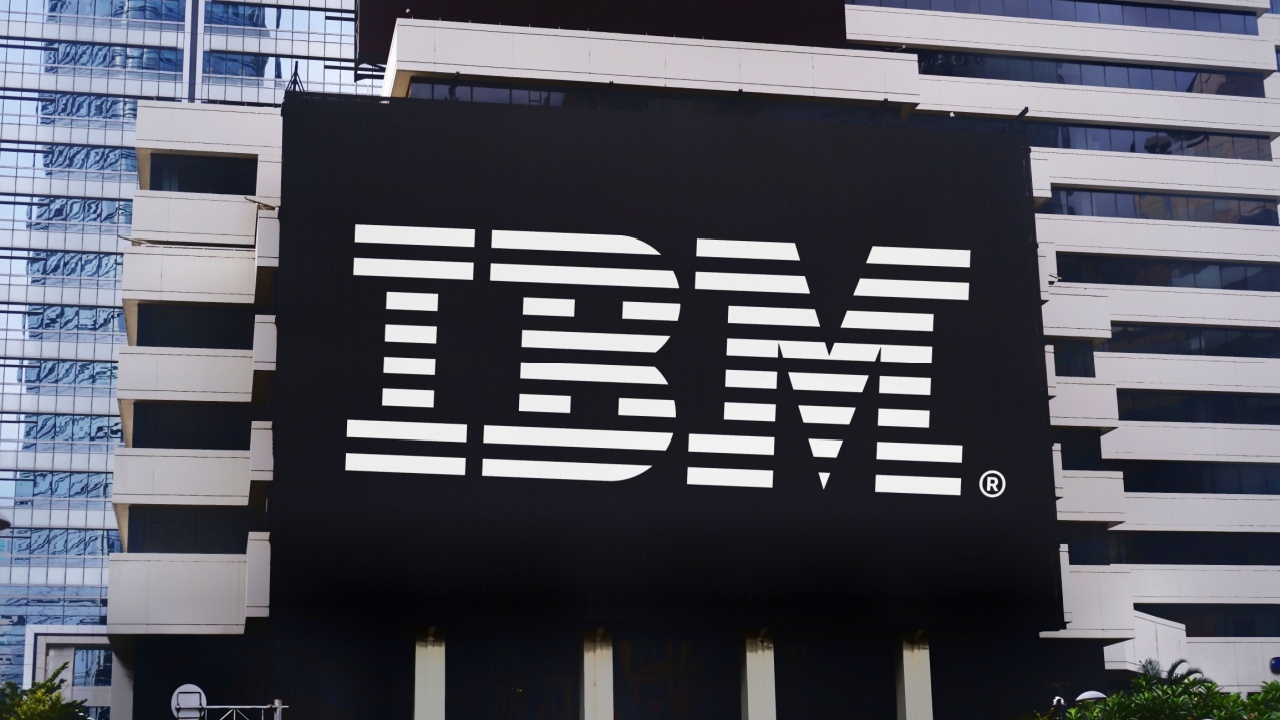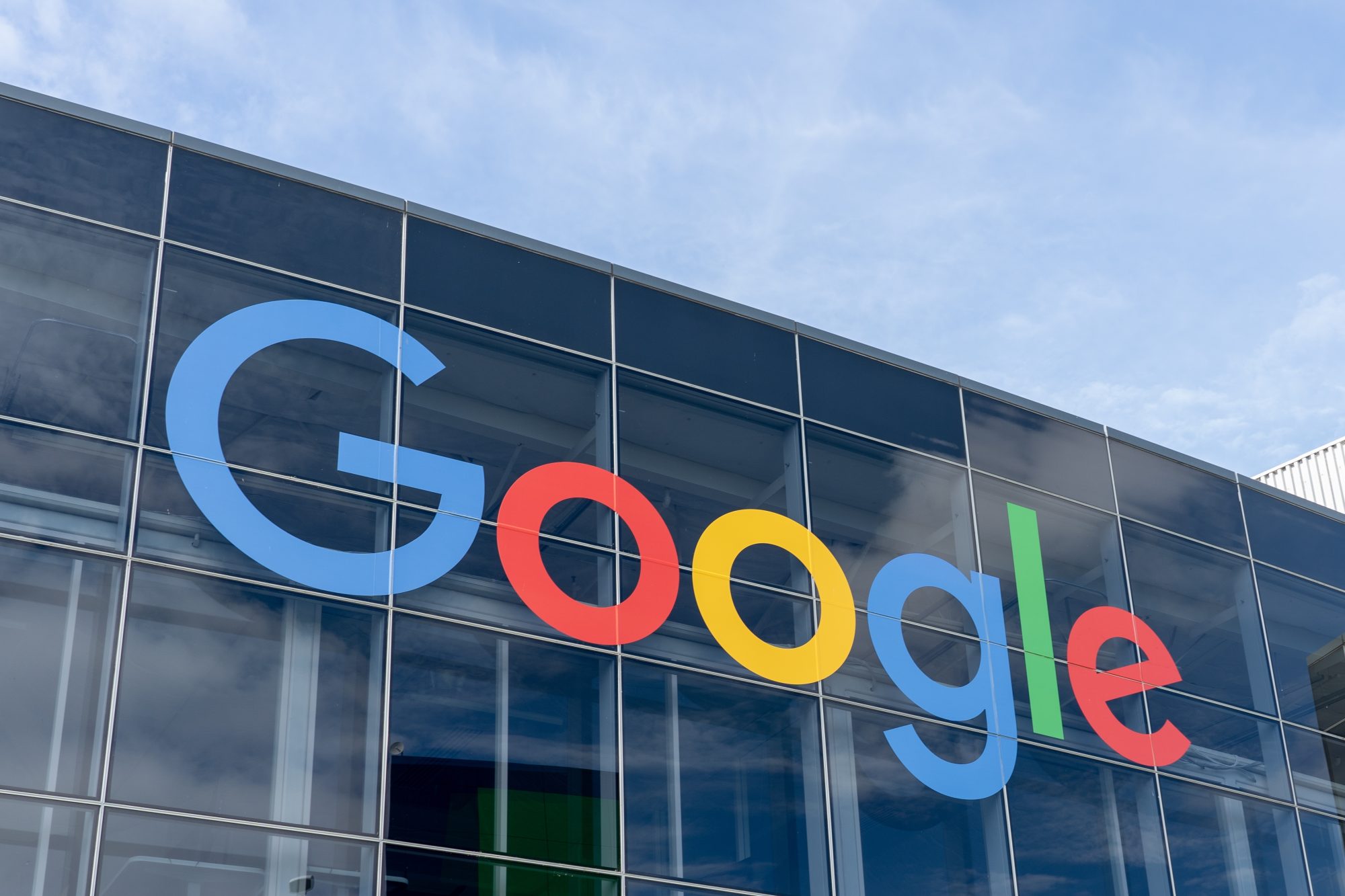One major trend the Information Technology sector has seen over the last few years is declining spending by enterprise customers, and this trend is expected to continue into next year. However, enterprises are increasingly transitioning to cloud services, platforms and infrastructures, offering replacement revenue for IT companies that are able and willing to embrace it.
Microsoft is seen as a major beneficiary of the shift over to the cloud as management appears to be successfully executing in this area. An unlikely competitor has arisen though, and a recent survey indicates that enterprises are increasingly choosing Amazon over Microsoft. This could provide support for the thesis that Amazon shares might skyrocket to $1,300 in the next few years.
2016 to be challenging for IT spending
Credit Suisse analyst Kulbinder Garcha and team said in a recent report that they continue to see challenging times ahead for IT hardware as their recent survey of 59 chief information officers indicates that their budgets are not accelerating. Enterprises are increasingly prioritizing cloud software and services, which means they are generally moving their computing activities online, eliminating on-site hardware.
Looking specifically within the software and services priorities, data growth and information security are the two top priorities.
As a result, the Credit Suisse team is expecting to see growth of only 2% in hardware each for 2016 and 2017. This represents a slight deceleration from this year’s growth rate of 2.5%.
And Wall Street is quite mindful of the challenges facing the hardware segment of the IT sector, as while IT stocks are outperforming the S&P 500, the hardware segment is again underperforming.
Also hardware and equipment stocks have de-rated…
… Although Apple has helped them outperform in the long term.
Meanwhile cloud companies are seeing their revenues blossom. The Credit Suisse team named seven companies they call the “Super Seven,” which they say are the ones to watch in the area of the cloud: Google, Facebook, Amazon, Microsoft, Alibaba, Baidu and Tencent. The analysts say all of these companies aren’t “beta customers” and are “taking advantage of the fastest computing speeds while deploying complex networking ideas before everyone else to cut operating costs while boosting transaction speeds and volumes.”
Public cloud investments growing steadily
Garcha and team said about 53% of enterprises in nearly all verticals are investing big time in the public cloud, and their own proprietary survey suggests that about 21% of long term spend, an increase from the expected 16% next year, will be with public cloud providers.
By 2017, the vast majority of enterprises are expected to have significantly invested in the public cloud.
They believe that the shift in spending toward the cloud is more than moving capital expenditures to operating expenditures.
Further, they expect the shift to eventually lead to IT architectures that cost less but have higher volumes. This will indeed have a huge impact on the traditional IT firms. Some are worried that cloud giants will overbuild in terms of capacity, but the Credit Suisse team sees this as being unlikely.
Amazon – not just retail anymore
While Amazon made its name in online retail, the company has now become a formidable force in cloud services. Garcha and team report that revenue from Amazon Web Services now has a yearly run rate of about $7 billion and grew at about 80% year over year in the last quarter. As a result, they see the threat from the public cloud as being “very real.”
They think Amazon Web Services has built “meaningful traction with enterprises that will expand further” in addition to its internet properties. The Credit Suisse team added that their survey indicates that Amazon is now the favorite cloud service provider and landed in first place in each “success factor.”
As you can see from the graph, currently Microsoft’s Azure is close on Amazon’s heels, but the firm’s analysts are worried that if $5 billion in spend is “incrementally directed” to Amazon Web Services over the next year, then spend on traditional infrastructure will see a $15 billion to $20 billion impact. Amazon now has 1 million customers across all verticals and is popular with both startups and huge enterprises alike.
Amazon has shown signs of massive growth and is also innovating rapidly:
Amazon Web Services is also trouncing traditional IT firms in year over year growth:
Images in this article are courtesy Credit Suisse.












